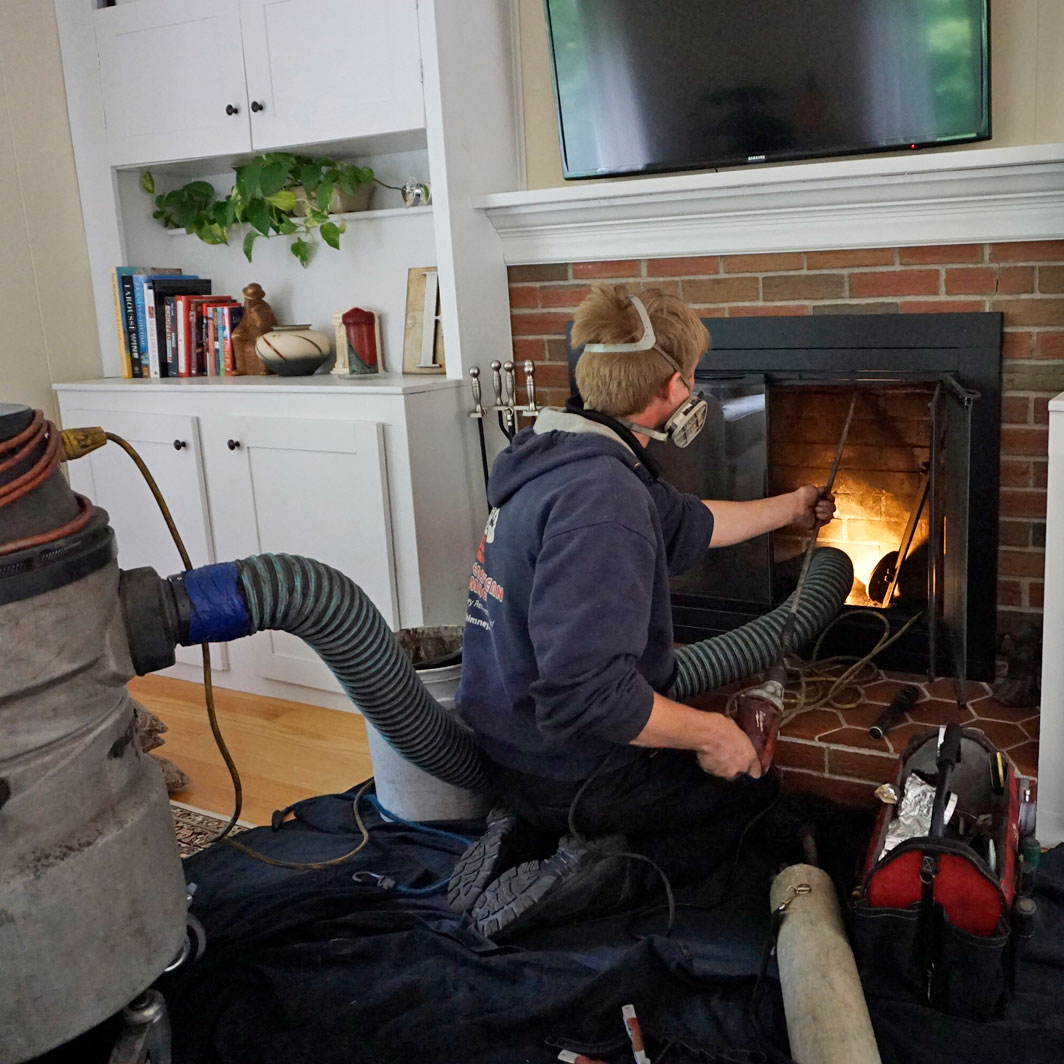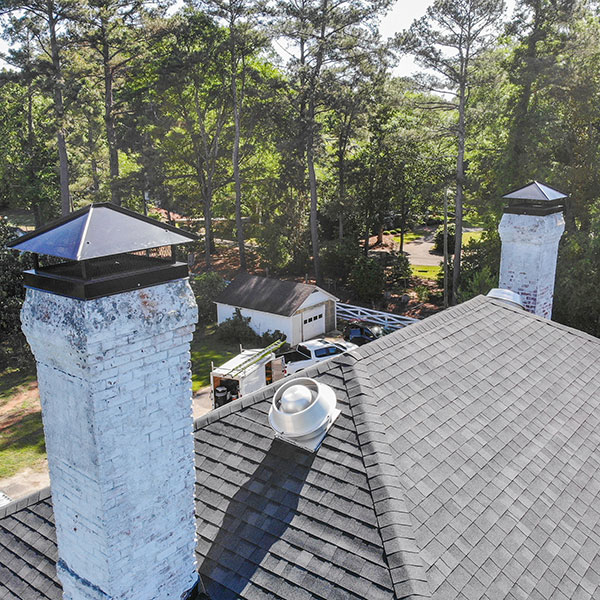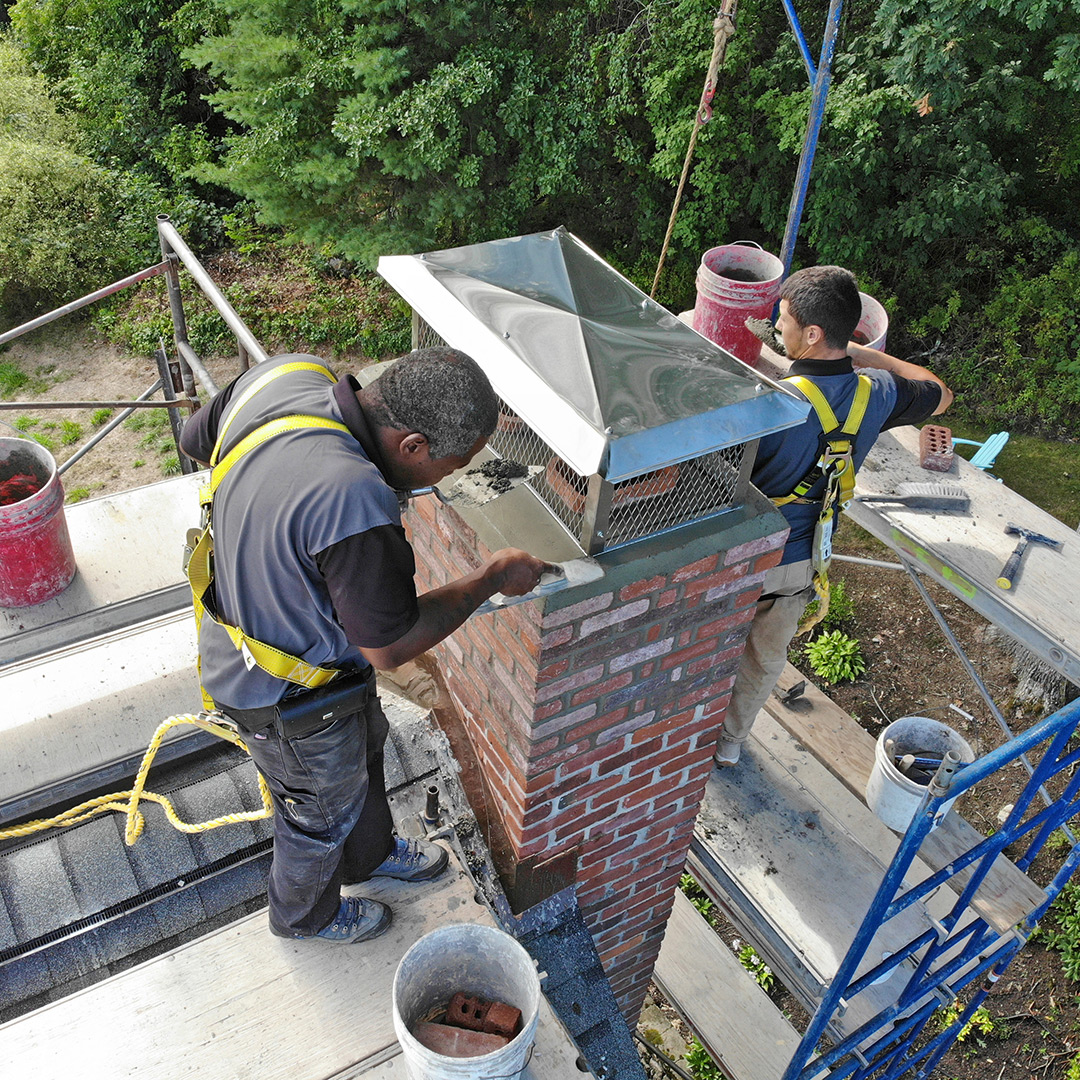The Best Time to Get Your Chimney Swept
We have just come out of a cold, long winter. The days are getting warmer. The nights are getting shorter. We see flowers and trees budding all around us. The fireplace is becoming a thing of the past, for now. You have other chores and tasks to get your yard ready for the Summer. The fun and games are around the corner. We all have our lists of things to do this spring. Let’s get a chimney sweep appointment today.
Book Today!

Don’t delay in calling your chimney sweep. Now is the perfect time to book your sweep. Along with everyone else, you may not think about cleaning out your fireplace until you need it again. But don’t wait. Now is the time to call Northeastern Chimney to set up your appointment. Don’t be stuck this fall without a clean chimney.
Why Book Now?
- Best services. If you delay in booking your chimney sweep until later in the year, all the 5-star companies will be booked. Waiting only gives you fewer options on the best companies to work with.
- Convenience. Booking now will allow you to get an appointment when you want it. Waiting only puts you on a waitlist with many others. With limited availability.
- The weather is perfect for someone to climb up on your roof. Waiting until the fall, or even worse until it snows is dangerous. It is dangerous for technicians to climb a ladder in thesnow.
- Spring discount offerings. Now is the time that chimney sweeps aren’t busy. They offer discount coupons to bring in the business, your business.
- Repair Parts backordered. If you wait until the heat of the season to get you your fireplace checked out, you may find a backorder of parts.
- Waiting until the weather starts turning bad may cause more of a mess in your home. The technicians have to bring their equipment into your house. Bringing in the snow, rain, and mud as well.
Now is the time to call for a chimney sweep. Don’t be left out in the cold. Our suggestion is to call Northeastern Chimney at 860-233-5770. It’s time to make that appointment now.
 Expert Chimney Care
Expert Chimney Care
When you plan on cleaning a chimney, it is important to contact a professional. Appropriate tools as well as safety precautions are all taken under consideration. This is a job for professionals. We at Northeastern Chimney have all the tools necessary to get the job done. Remember that a well-maintained chimney will allow for proper ventilation. It will prevent hazardous fumes and chimney fires. Fires run with proper cleaning also improve energy efficiency.
Schedule your inspection or cleaning soon by calling Northeastern Chimney at 860-233-5770.
We service all of Hartford, Tolland, and Litchfield Counties. All our chimney technicians are CSIA certified. We are active in the National Chimney Sweep Guild (NCSG) and the Chimney Safety Institute of America (CSIA)
In addition, Northeastern Chimney, Inc. maintains a rigorous training schedule and a strict code of performance and ethics.
The post The Best Time to Get Your Chimney Swept appeared first on .
This post first appeared on https://www.mychimney.com
 Chimney Importance
Chimney Importance Regular Inspections
Regular Inspections
 Water Coming In From The Top Of The Chimney:
Water Coming In From The Top Of The Chimney: Leaking From The Attic
Leaking From The Attic